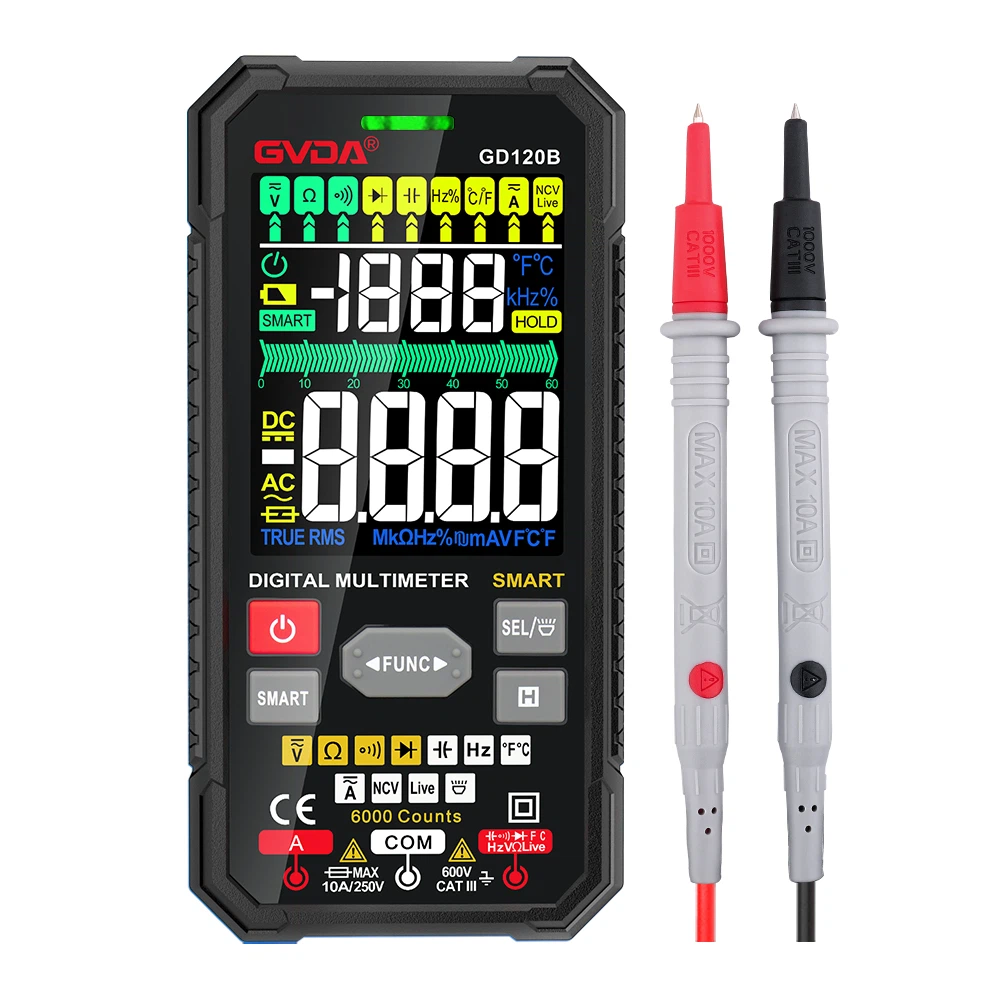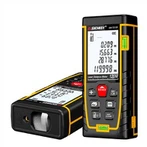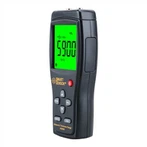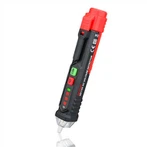How to Check a Vacuum Sensor with a Multimeter
The detection of the vacuum sensor is to measure whether the voltage signal output by the sensor to the microcomputer changes with the pressure. The detection method is to measure the output terminal of the sensor (or the input terminal of the microcomputer) and the ground terminal (or voltage between body ground). A digital multimeter can be used to connect to the output terminal of the vacuum sensor. Connect the black test lead of the multimeter to the ground terminal, and connect the red test lead of the multimeter to the output terminal.
When the ignition switch is closed, the vacuum hose is unplugged, and it is connected to the atmosphere, the multimeter indicates 3.643V, which is the same as the electric I voltage in the engine off state. When connected to the dynamic vacuum pump and the negative pressure of 26.66kPa, the value measured by the multimeter is 2.775V. Through this measurement, it can be known that the voltage changes by about 0.9V from being connected to the atmosphere to adding a negative pressure of 26.66kPa. When connected to the atmosphere and when negative pressure is applied. From this, it can be judged that the vacuum sensor checked above is normal. Of course, with different models, the data such as the reference voltage are also different. In short, according to the comparison result of the voltage when it is connected to the atmosphere, the quality of the vacuum sensor can be judged according to its change. Next, a test case of a faulty vacuum sensor is described. Connect the red test lead to the output terminal of the faulty vacuum sensor, connect the black test lead to the ground terminal, and set the ignition switch to the closed block. Under the condition of being connected to the atmosphere, the multimeter shows that the output voltage value is about 150mV; after adding 26 Under the condition of 66kPa negative pressure, the voltage value displayed by the multimeter remains unchanged. It can be seen from this that the output voltage terminal of the faulty vacuum sensor is close to the short-circuit state, and the indicated value of the multimeter is close to the voltage value in the vacuum state.
If the output terminal of the vacuum sensor is short-circuited, the engine can be started, but the startability is deteriorated, and the engine will stop and the acceleration will be poor. At this time, the engine fixes the fuel injection time according to the information of other sensors and is in a state of self-correction. The above is the situation that the output voltage of the vacuum sensor changes with the pressure of the intake manifold. The following is an example of other types of vacuum sensors. Let's take a look at the idling state and 2000r/min state with an analog multimeter measured at 10V gear. situation. The arrangement of the output terminals of the vacuum sensor. Connect the red test lead to the output terminal of the vacuum sensor, and connect the black test lead to the body ground terminal. After starting the engine, in the idle state, the multimeter indicates a voltage of 1.6V; when the engine speed rises to 2000r/min, the voltage value becomes about 2.2V. When the throttle valve is opened and the engine speed increases, the voltage rises to 2.8V, and then drops to the voltage at 2000r/min. This is because in the idling state with the throttle valve closed, the pressure in the intake manifold is close to vacuum, and the negative pressure is relatively high; when the throttle valve is opened, it suddenly becomes close to atmospheric pressure, the negative pressure is very small, and the pressure varies with the engine. RPM changes. When measuring the condition that the voltage signal of the vacuum sensor changes with the pressure of the intake manifold, the voltage value of the idle speed and other states can be used as the target value when checking the vacuum sensor.
The sensor also uses the stable voltage 5V output by the microcomputer as the power supply voltage, and this voltage changes in the sensor according to the size of the pressure. Therefore, similar to the single-piece inspection of the Kaman scroll air flowmeter, the single-piece inspection of the vacuum sensor can also be performed with a resistor and a dry cell. Note: On Toyota cars, the power terminal and output terminal use a stable voltage of 5V, so the dry battery should be connected to the power terminal.






